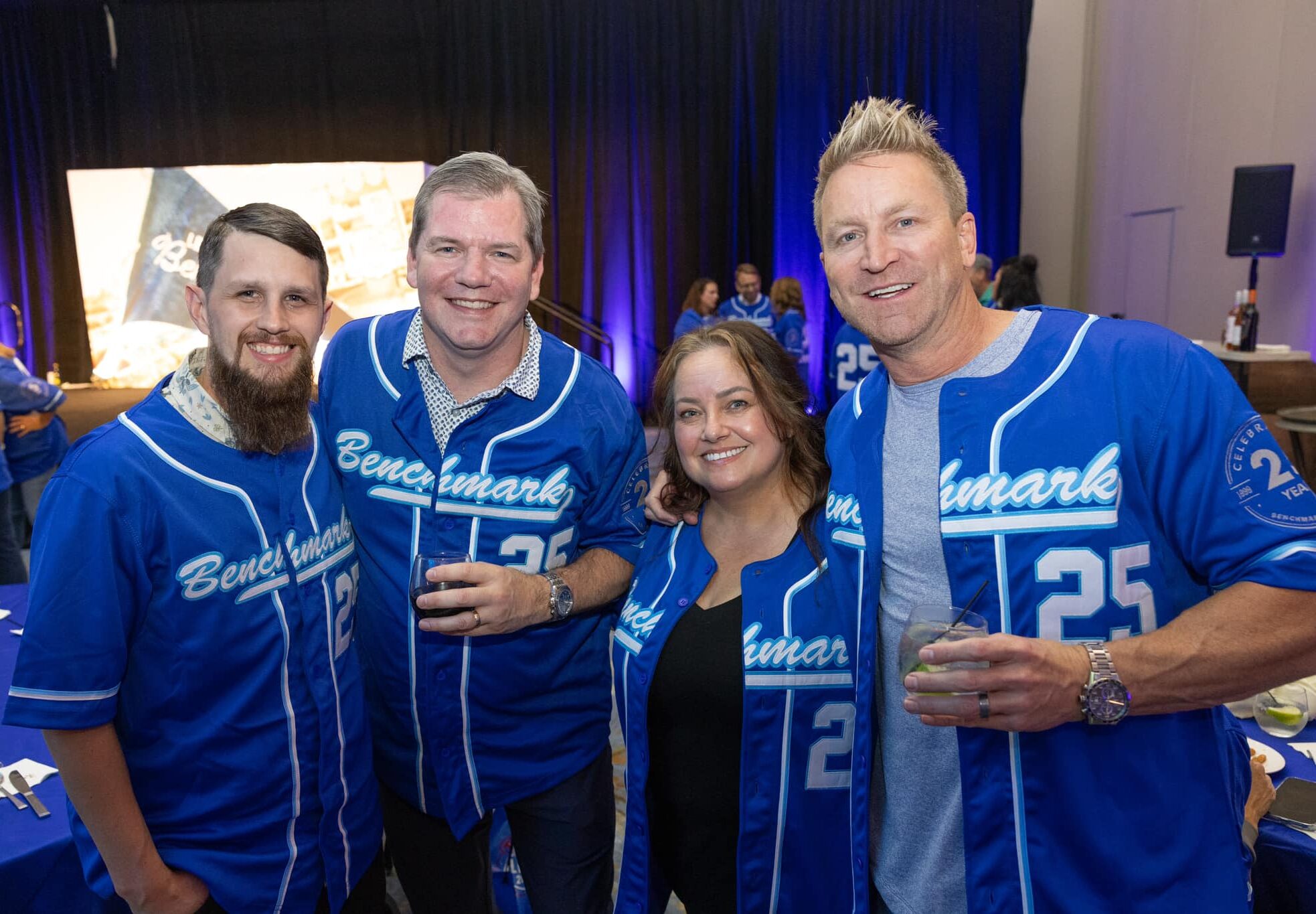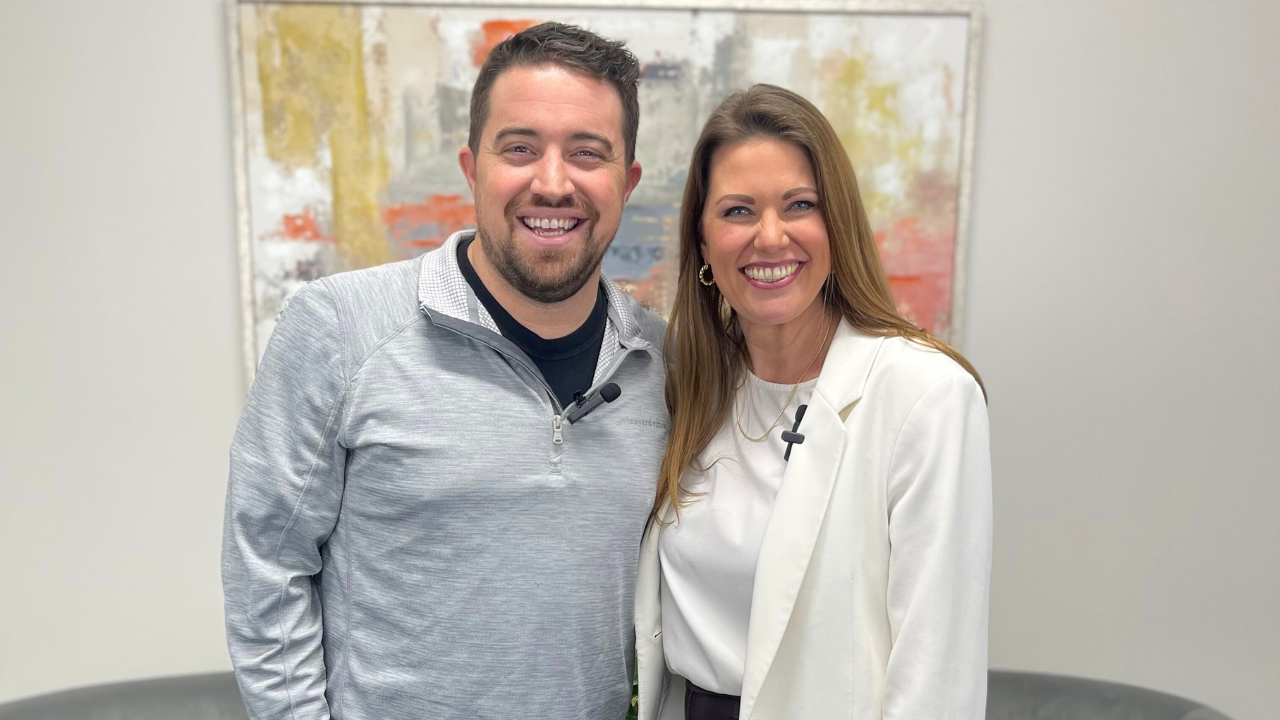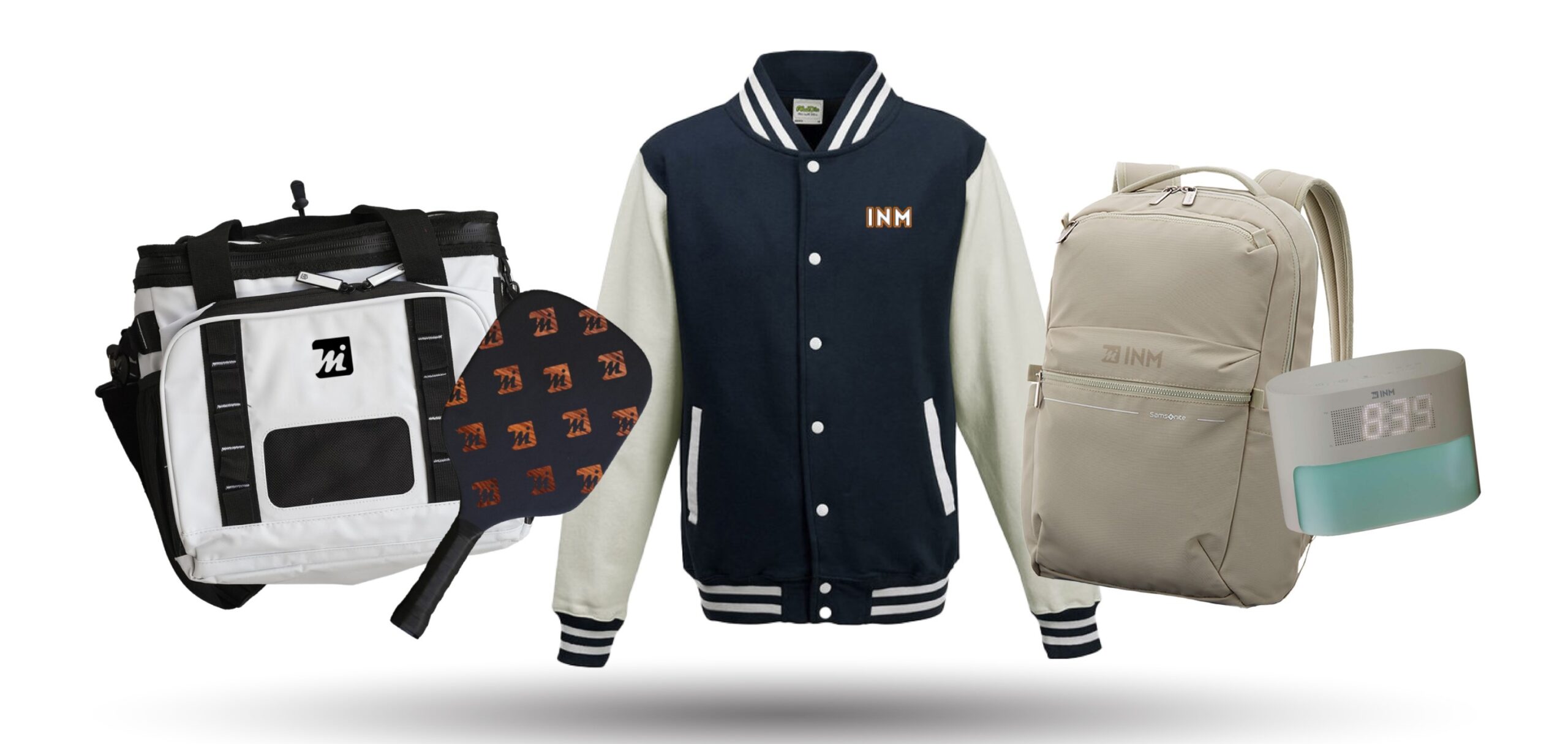In our current post-COVID world, the hiring and recruiting landscape has and continues to change rapidly. Things like working remote, flexibility, company culture and CSR strategies are now equally important to salary and monetary compensation in employee job searches. Because of this, it’s no wonder companies have started to redefine recruiting roles and increase resources and funds to a more holistic approach know as talent acquisition. Talent Acquisition is so much more than attending recruiting fairs or scheduling interviews. Forbes describes it as “a strategic approach to identifying, assessing and acquiring new employees for a company.” In addition, the talent acquisition process sets the tone for a new employee’s entire experience with a company and can solidify a culture of retention and engagement from the beginning.
Business News Daily tells us that the average cost to hire an employee today is around $4,000. In a time when everyone is thinking about cutting back on expenses, the best way to reduce hiring costs has nothing to do with eliminating spending. Instead, it has everything to do with increasing resources and funds to enhance the talent acquisition process therefore improving the employee experience and future retention.
When we help our clients with their various talent acquisition needs, we like to look at the process as four separate pieces where branded merchandise can be incorporated:
1. Recruitment – This first and basic step is about filling your pipeline with potential employees. This can include job or career fairs, referrals, organic meetings, or even poaching from competitors. With all of these, it’s important to have strategic products that represent your company culture and set you apart from competitors.
*Questions to consider: What’s the purpose of the event, and what do you want potential employees to walk away with? What’s your call-to-action, and how can you stay in front of potential hires during the process?
2. Internship Programs – Internships are one of the best ways to vet and hire employees. When strong internships are in place, they give both interns and the company an opportunity to try each other out and make sure it’s a good fit. According to a recent article by LinkedIn, an average company loses anywhere between 1% and 2.5% of their total revenue on the time it takes to bring a new hire up to speed. To combat this, hiring from intern programs significantly reduces the revenue lost because interns who become employed full time are already familiar with the company making the training and onboarding investment less.
*Questions to consider: Do you have an internship program that engages interns and creates a potential career path vision? Do you stay in touch with interns after their term ends? Do you have a streamlined way to assess their performance and hire accordingly?
3. Job Offers – As the job market has become increasingly competitive over the past few years, the importance of capturing potential employee’s loyalty and showing a piece of your culture is pivotal. When offering a job, employees (especially Generation Z) want to know that they are wanted and will be appreciated and valued. That’s not only reflected in starting salary, but also in creative gifts that create an engaging and personalized new hire experience.
*Questions to consider: What are you doing to make the job offer personalized and competitive? How are you highlighting the intangible elements of your workplace during the offer communication? How is your company culture shown in even the formal offer step?
4. Onboarding – The Society of Human Resource Management shares that successful onboarding leads to lower turnover, higher job performance, higher job satisfaction, lowered stress, career effectiveness and organizational commitment. In addition, two of the top reasons new hires quit right away is because they feel neglected and underappreciated. One of the easiest ways to enhance the onboarding experience is through thoughtful and intentional onboarding kits. No, we don’t mean throwing a branded coffee mug and pen on their desk next to their office supplies and employee manual. We mean really thoughtful kits that include items that are useful, fun, and truly representative of the unique elements of your culture.
*Questions to consider: What special culture elements can be reflected in the products we select? Are there any unique things about our physical office place that we can include? What are some functional and useful items that also allow for fun branding with a higher perceived value?
Whether your company has a robust talent acquisition team or just one single recruiter, making a strategic plan to engage with potential employees will not only ensure you are hiring top talent but also help to create a culture of loyalty and appreciation from the very beginning.




